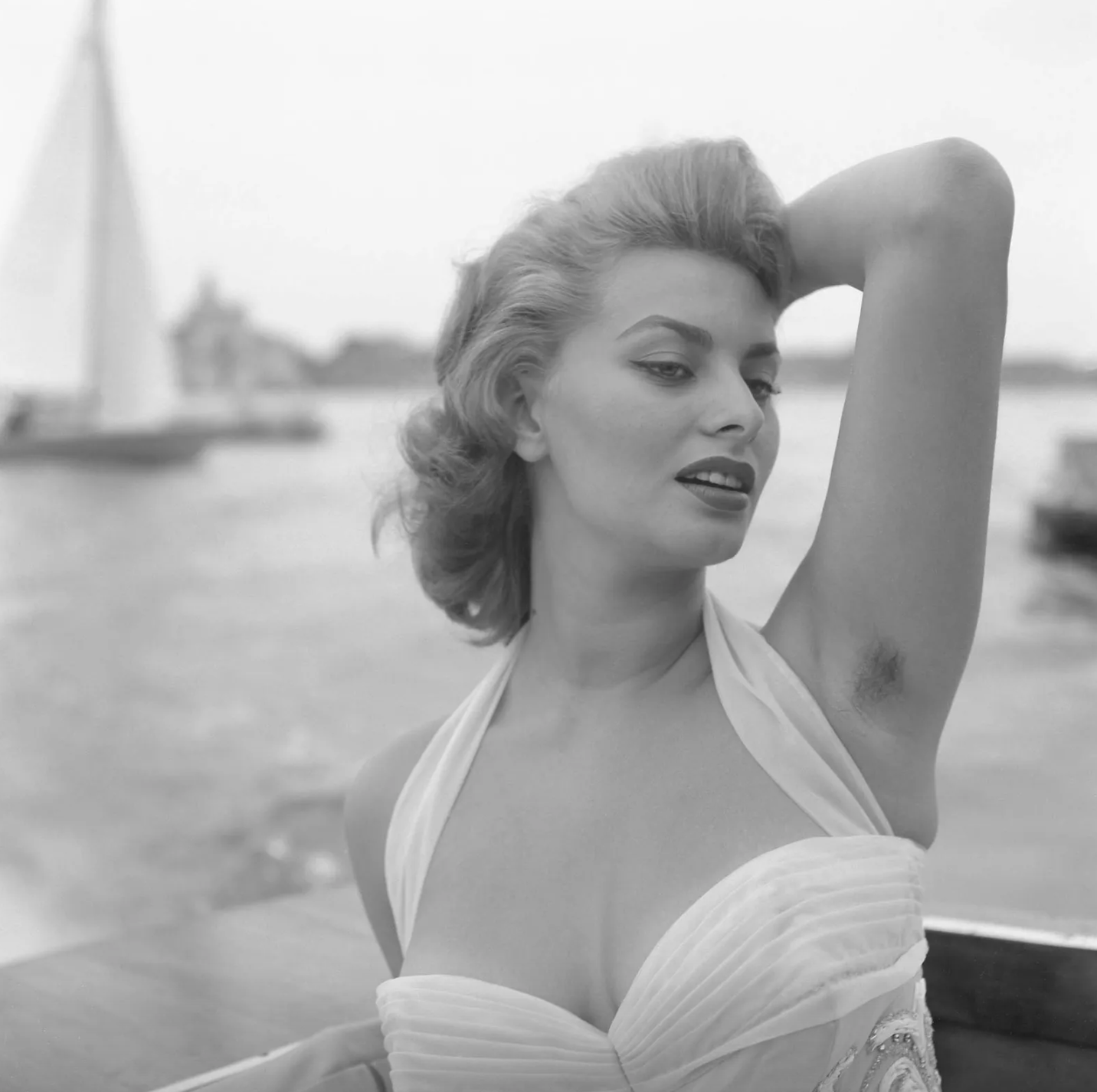FEMALE BODY HAIR CELEBRATION THROUGHOUT HISTORY – FROM ANCIENT EGYPT TO THE MODERN WORLD
Throughout history women's body hair has been viewed and treated in various ways. While in some cultures and time periods it has been celebrated and recognised as a natural and normal part of the female body, in others it has been stigmatized and subjected to intense grooming practices.
One example of a culture in which female body hair was celebrated can be seen in ancient Egypt. In ancient Egyptian art women are often depicted with visible body hair, including facial hair. This is thought to be a reflection of the high value placed on fertility and femininity in ancient Egyptian culture. Women's body hair was seen as a symbol of their reproductive capabilities and was therefore celebrated rather than shamed.
Similarly, in ancient Greece female body hair was also desirable. Greek philosopher Aristotle wrote that women's body hair was a sign of their maturity and femininity and it was not uncommon for women to leave their natural body hair intact. However, it's important to note that the treatment of female body hair in ancient Greece was not consistent across all social classes. Elite women were expected to remove their body hair while lower class women were afforded more freedom in this regard.
Visible female body hair in Ancient Egyptian depiction of woman. Facial hair celebrated in culture and art.
In contrast, in many Western cultures throughout history female body hair has been heavily stigmatized and women with visible hair have been shamed and ridiculed. In the 19th and early 20th centuries, for example, it was common for women to remove their body hair, including their facial hair, in order to conform to narrow beauty standards. This was often done through the use of painful and potentially dangerous methods such as waxing, sugaring, and the use of depilatory creams.
In more recent years, however, there has been a shift towards the acceptance and celebration of female body hair. In the 1960s and 70s the feminist movement brought attention to the ways in which traditional beauty standards had been used to oppress and control women. As part of this movement, some women began to embrace and celebrate their body hair as a way of rejecting these narrow standards and asserting their autonomy.
Sophia Loren photographed with underarm hair in glamour photoshoot, 1955.


